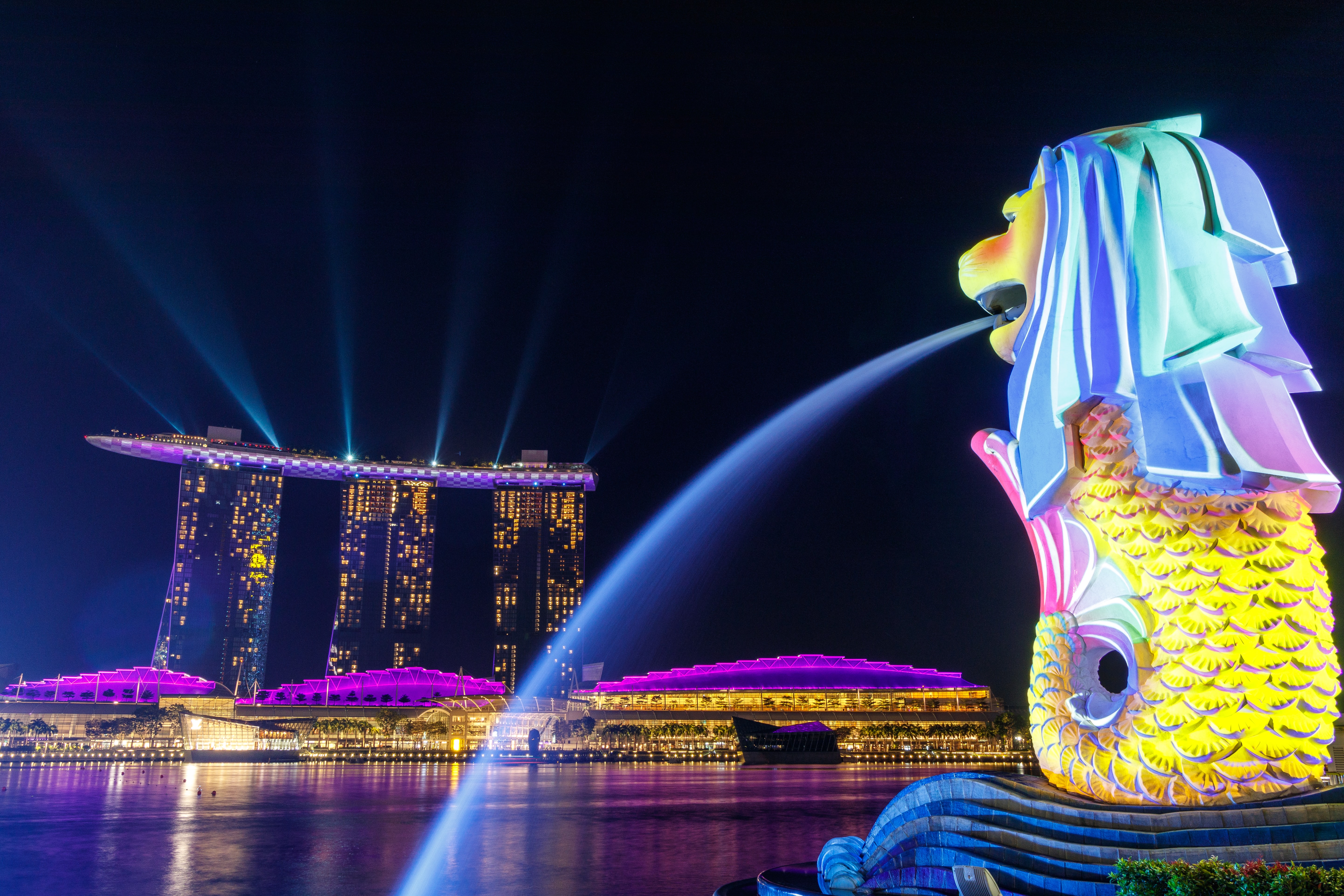
Top 5 Technologies to Reduce Energy Consumption in Singapore
Singapore is a country that is constantly growing and developing. With this growth comes an increased demand for energy. The good news is that there are many technologies and practices that can help reduce energy consumption in Singapore. In this article, we will explore the top 5 technologies to save energy in Singapore.
The current state of energy consumption in Singapore
Singapore is one of the most energy-efficient countries in the world. The island state's economy is driven by a high level of energy use, but the government has been proactive in reducing energy consumption in recent years. In fact, according to the Energy Market Authority or EMA, “Singapore’s total electricity consumption declined by 1.7%, from 51.7 TWh in 2019 to 50.8 TWh in 2020”. Singapore has been a leader in the development of new energy-saving technologies. Let's take a look at some of the top technologies that can save you energy and money in Singapore.
Top 5 technologies to reduce energy consumption in Singapore
1. LED lighting
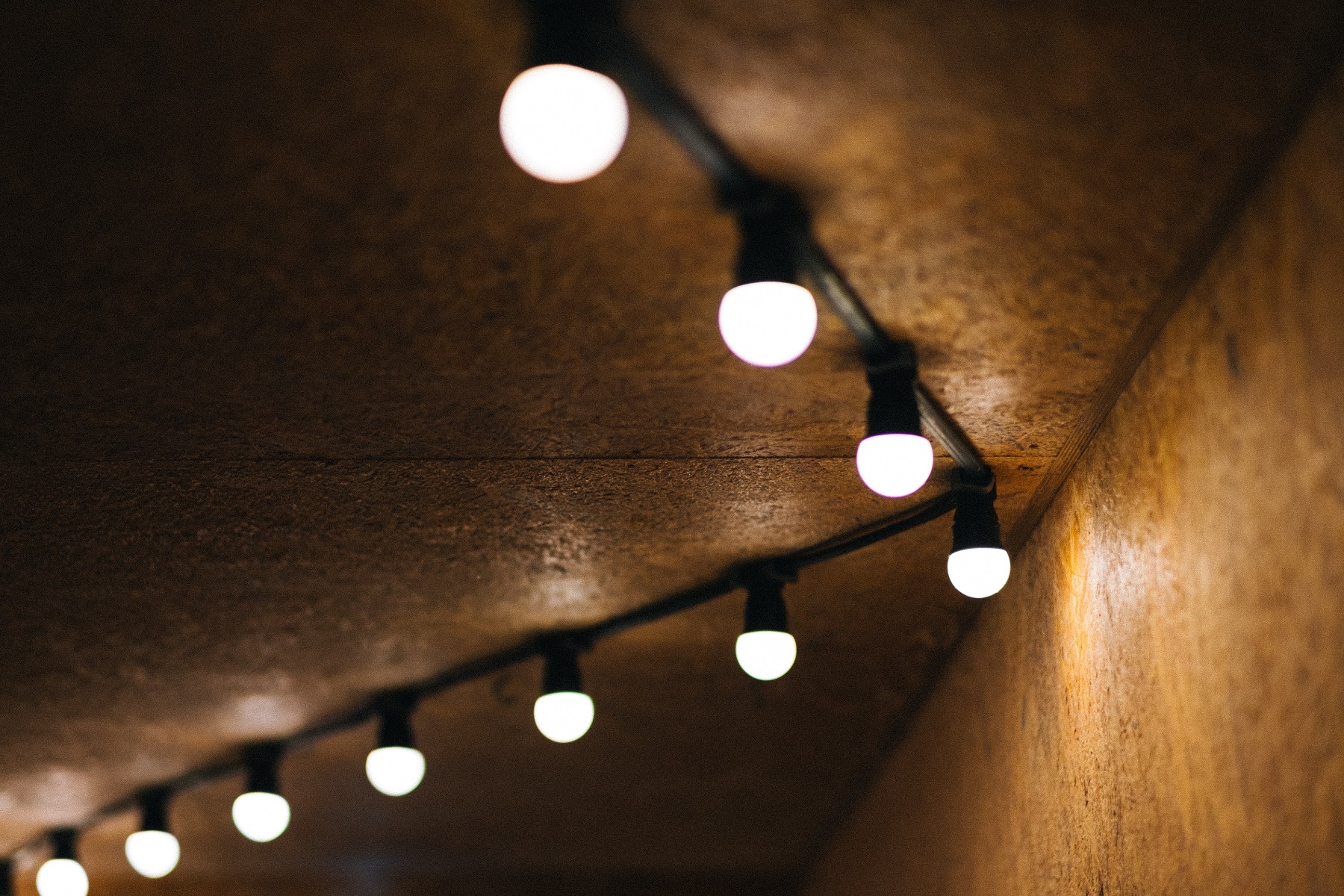
LED lights are one of the most energy-efficient lighting options available. They use about one-quarter of the energy of a traditional incandescent bulb and last up to 25 times longer. LED light bulbs also emit a more consistent light than other types of bulbs, meaning you won’t have to fumble around in the dark when you turn on a light.
2. Smart metres
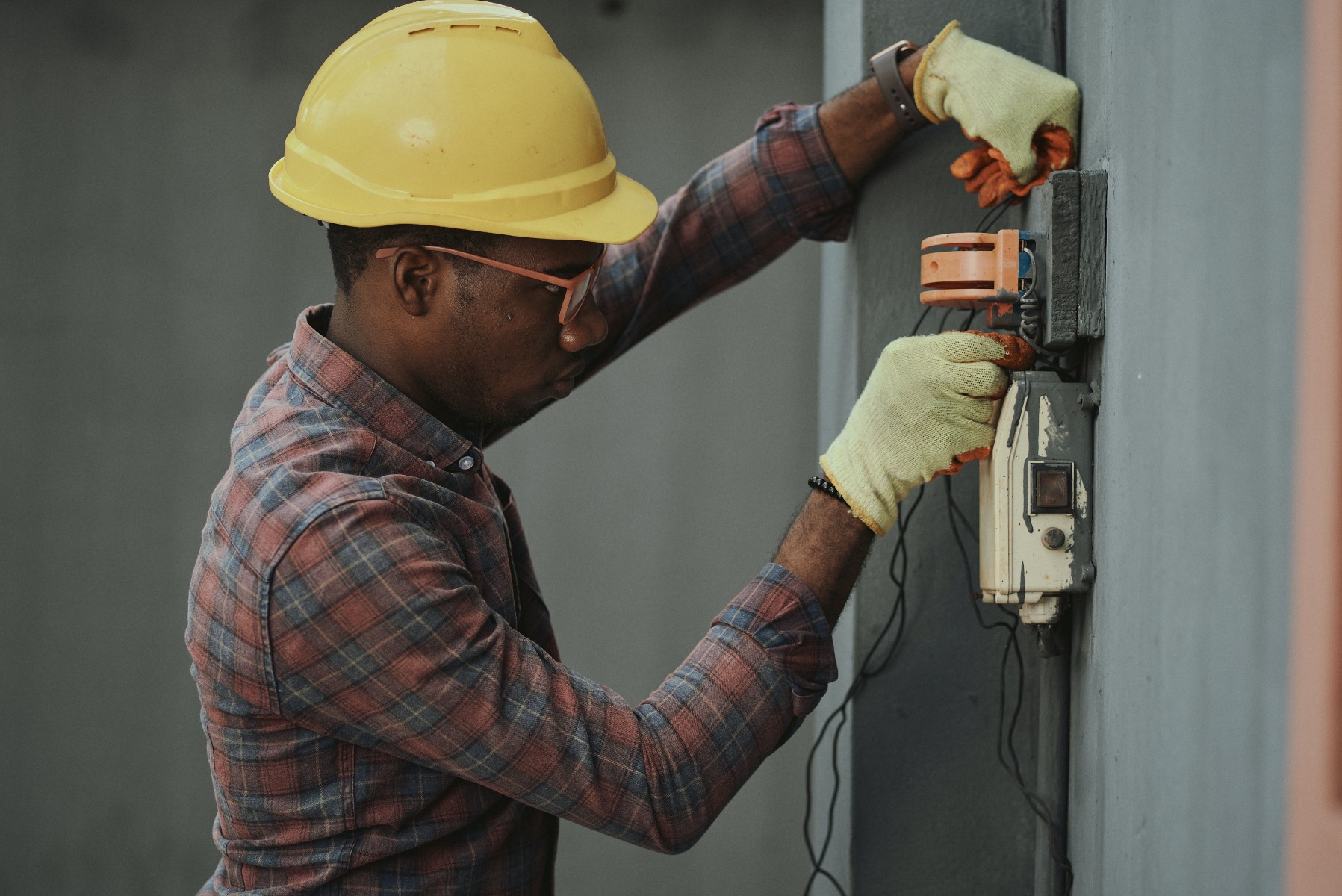
Smart metres are one of the most efficient ways to save on energy consumption. Smart metres work by transmitting energy usage data back to the utility company in near-real time. This data can then be used to optimise energy consumption for households and businesses. For example, if a household realises that they are using more energy than normal at a certain time of day, they can adjust their habits to conserve energy. Smart metres have been shown to save households up to 10% on their energy bills.
3. Low-flow Shower Heads
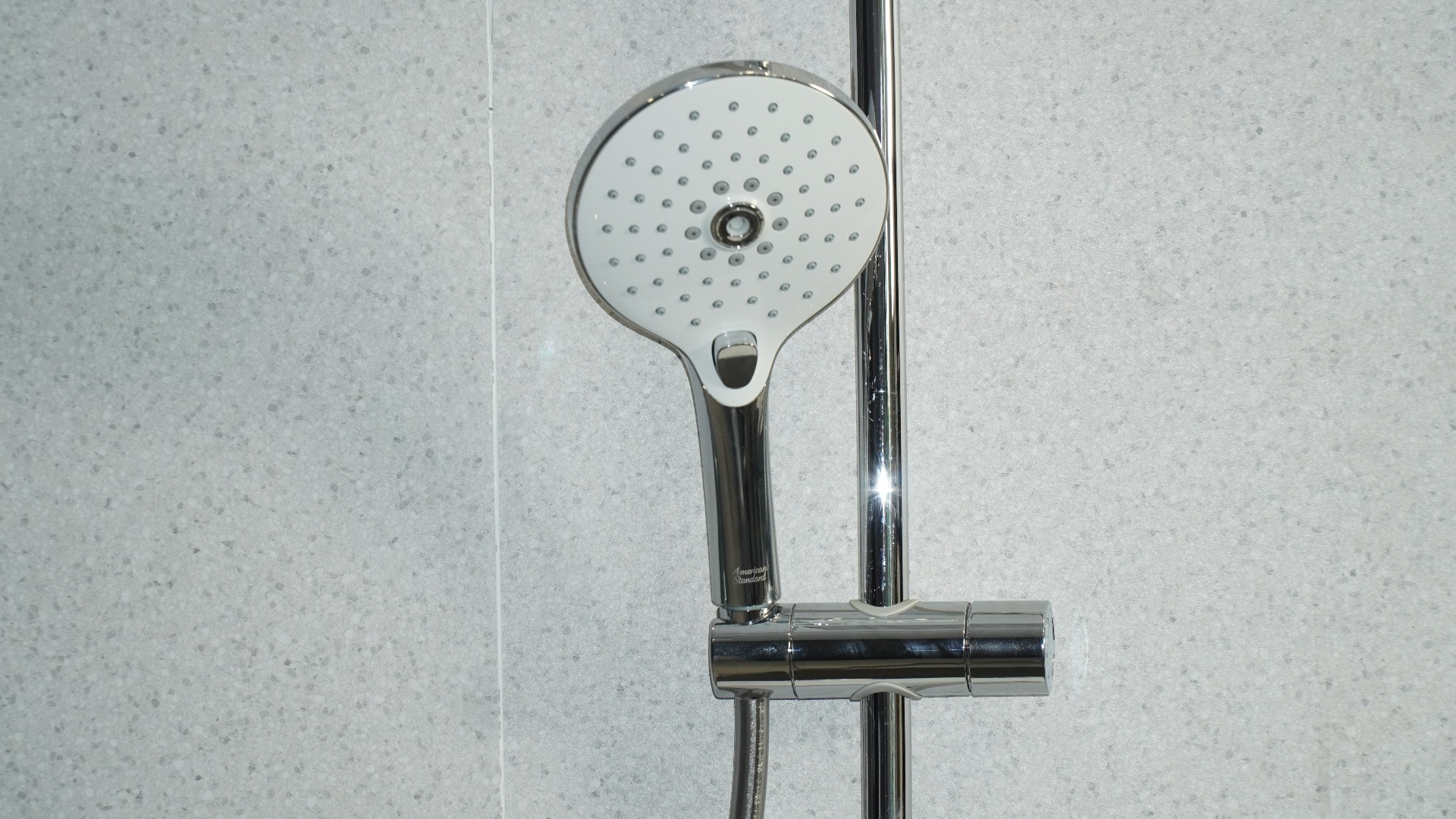
Low-flow shower heads save energy by using less water to complete the same cleansing task as traditional shower heads. How much water they save depends on the model, but typically they use 2.5 gallons of water or less per minute. If every household in Singapore were to install low-flow shower heads, it would save enough energy to power more than 7000 homes! That's a lot of saved energy. Not to mention, low-flow shower heads are a great way to reduce your water usage, saving you money on your monthly utility bills.
4. Energy Efficient Appliances
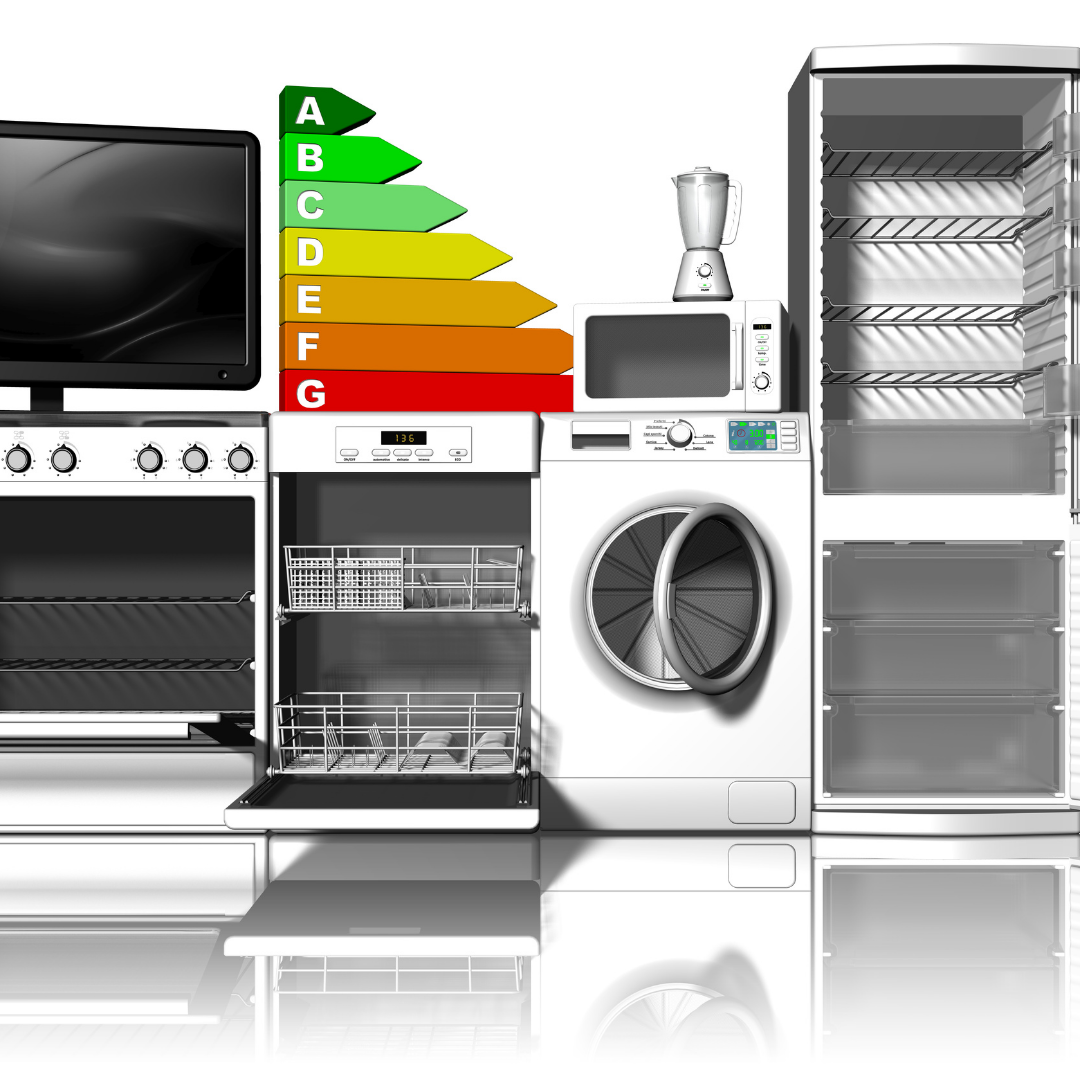
Installing energy efficient appliances is one of the simplest and most cost effective ways to save energy in your home or office. In Singapore, Mandatory Energy Labelling Scheme (MELS) was introduced for regulated goods to help consumers compare the energy efficiency and make more informed purchasing decisions. The objective of setting Minimum Energy Performance Standards (MEPS) is to raise the average energy efficiency of regulated goods in the market.
When shopping for appliances, be sure to look for the labels to ensure you are getting the most energy efficient appliance possible. Some of the everyday appliances you may use are refrigerators, air conditioners, washers and dryers, televisions and lightbulbs.
5. Compact Fluorescent Light Bulbs
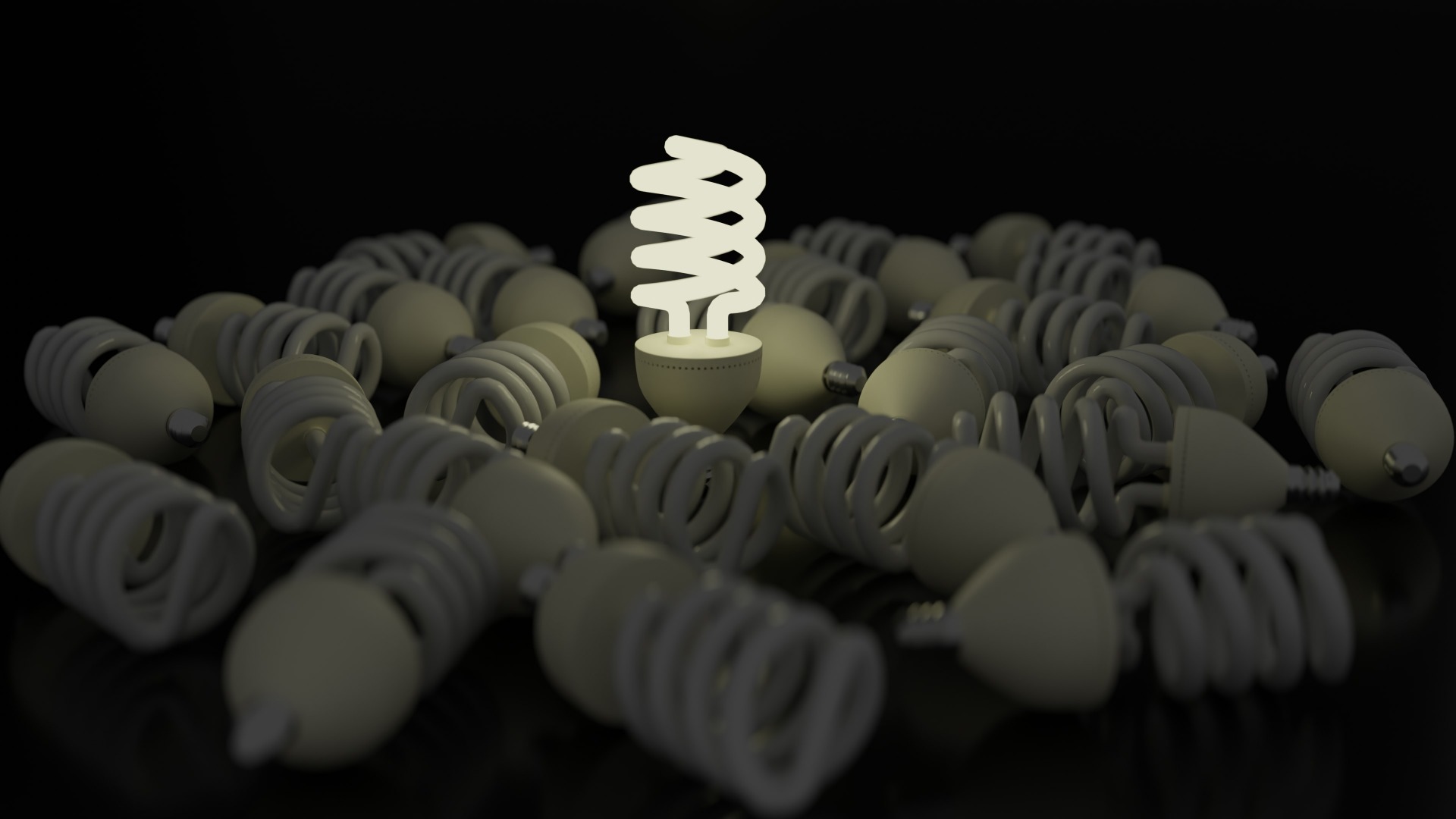
Compact fluorescent bulbs (CFLs) are one of the simplest ways to save energy and money. CFLs use about 75% less energy than traditional incandescent bulbs and last up to 10 times longer. They also produce about 70% less heat, so they're a great option for Singapore where it is warm all year round. Plus, CFLs come in a variety of shapes and sizes, so you can find the perfect one for your needs.
Benefits of energy-saving technologies
Technology has given us a wide range of energy-saving devices and practices to improve our overall energy consumption. From smart thermostats and appliances to LED lights and insulation, these technologies can help us reduce our reliance on fossil fuels and save money on our energy bills. Not only that, but they can also help reduce our carbon footprint and contribute to a more sustainable future.
Challenges of implementing energy-saving technologies
Despite the various benefits of energy-saving technologies, there are still some challenges that need to be overcome before they can be widely adopted. One of the main challenges is the cost of installing and maintaining these technologies. In some cases, the initial investment can be quite high and businesses may not see a return on their investment for a few years. There is also the challenge of getting people to change their habits. Many people are not aware of how much energy they consume and are not willing to make changes unless it is convenient for them. Educating people about the importance of conserving energy is one way to overcome this challenge.
How to use GAED to make the most of your energy consumption in Singapore
Having a good understanding of your energy consumption is essential to saving money and power. GAED is the perfect tool to help you do just that. Here are a few tips on how to make the most of GAED:
- Once you are subscribed to GAED’s services, GAED will be able to provide you an app and you will be able to register an account with them.
- Go through your daily activities and add them to your profile.
- Review your energy use habits and find areas for change.
- Get recommendations based on your activities and save money and power!
- Keep track of your progress and share it with your friends and family.
Reduce your energy consumption today!
Singapore is facing an energy crisis, and it's time for all of us to do our part in conserving energy. These technologies mentioned above have a variety of benefits, such as reducing energy consumption, saving money, reducing greenhouse gas emissions, and improving the environment. Start by educating yourself on the different technologies and practices to adopt. Change your lifestyle patterns and plan your energy usage appropriately. Consult an energy audit and advisory provider if you need professional advice!
